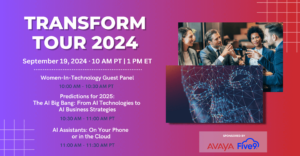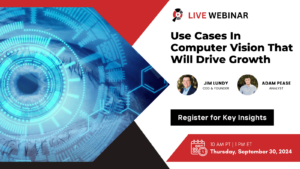o1-Preview: OpenAI’s Next Leap in AI Reasoning
o1-Preview: OpenAI’s Next Leap in AI Reasoning
OpenAI’s latest model, o1-Preview, signals a new direction for large language models (LLMs). By focusing on reasoning tokens and extending inference time, o1-Preview aims to tackle some of the key challenges facing AI today. But while it offers significant improvements, questions remain about its ability to overcome the persistent limitations that have held back previous models.
A New Focus on Reasoning and Inference
o1-Preview represents a shift in AI development by introducing reasoning tokens, which allow the model to engage in a “chain-of-thought” process. This technique enables the model to break down complex problems into smaller steps, allowing for more accurate and reliable answers. By verifying its own reasoning at each stage, o1-Preview aims to reduce the errors typically associated with LLMs when handling multi-step problems or reasoning-heavy tasks. This shift could represent a significant leap forward in the model’s ability to process and solve complex challenges.
Another notable advancement is the model’s ability to scale inference time, a stark departure from the traditional focus on training speed. o1-Preview can take as much time as needed to “think” through a problem before delivering an answer. This could enable LLMs to approach problems more thoughtfully, rather than racing through calculations. As the demand for more reliable AI grows, scaling inference time could be a key factor in pushing AI models to handle increasingly sophisticated tasks with higher accuracy.
Lingering Skepticism and Ongoing Challenges
Despite the improvements introduced by o1-Preview, it continues to face skepticism from the AI community. Although the model performs better on math and logic benchmarks compared to its predecessors, it still struggles with certain logical puzzles that expose weaknesses in its reasoning capabilities. For example, handling abstract or paradoxical problems remains a challenge. These issues raise questions about how far models like o1-Preview can truly advance reasoning without encountering new limitations.
Additionally, hallucinations—where the model generates incorrect or nonsensical information—remain a persistent problem. Despite o1-Preview’s enhanced reasoning ability, it still produces these faulty outputs, which undermines trust in its reliability for high-stakes applications. The persistence of this issue suggests that it may not be easily solvable, and some worry that LLMs may have hit a temporary plateau. While OpenAI CEO Sam Altman has indicated that o1-Preview is just one step in a larger development strategy, the future of LLM innovation remains uncertain as the technology grapples with these lingering challenges.
Bottom Line
o1-Preview offers exciting advancements in reasoning and inference scaling, but persistent issues like hallucinations cast doubt on whether it marks a true leap forward in AI development.
Join our Experts for Aragon’s September Transform Tour!

Whether you’re a seasoned AI practitioner, a business leader looking to stay ahead of the curve, or simply curious about the future of technology, this virtual event is your chance to gain early access to critical insights that will shape 2025 and beyond.
This isn’t just another trends forecast. Join our expert analysts and women-in-tech panel for:
- Women-In-Tech Guest Panel: Communication in the Age of AI
- Predictions for 2025: The AI Big Bang: From AI Technologies to AI Business Strategies
- AI Assistants: On Your Phone or in the Cloud
Register for Analyst-Curated Insights
Check out our Upcoming Webinar

Use Cases in Computer Vision that Will Drive Growth
Computer vision and large vision models are poised to revolutionize industries and create new applications – all due to the simple idea of recognizing and acting on information in images and videos faster than people can. In this webinar, Adam Pease and Jim Lundy identify why Computer Vision and LVMs represent the next big evolution in AI.
Our lead analysts will discuss:
- What are the trends driving computer vision and large vision models?
- What are the use cases where Computer Vision and LVMs will have the largest impact?
- How can enterprises gain a competitive advantage by putting Computer vision and LVMs to work?
Join us on September 30th for this insightful analyst webinar and Q&A and discover how computer vision is shaping the future of business and driving growth across multiple sectors.

Have a Comment on this?